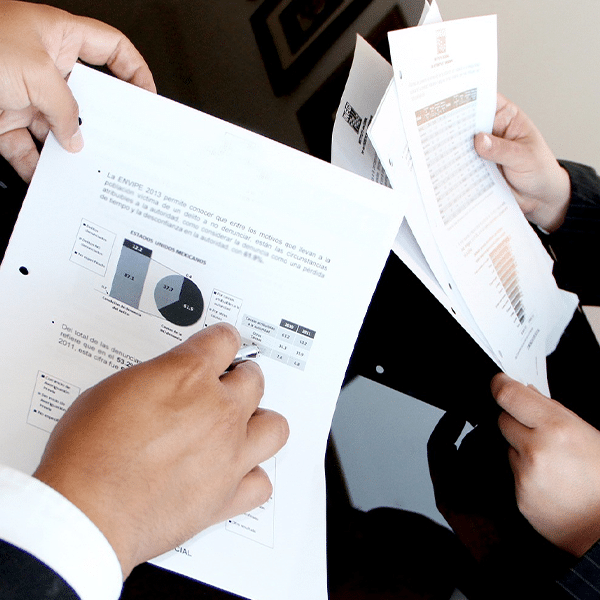
""Many Tribal governments are interested in having more ownership over telecom networks and are exploring different approaches, ranging from full ownership of infrastructure to partnerships with private entities such as ISPs or even creating a mobile virtual network operator (MVNO) model," wrote Ookla editorial director Sue Marek."
"The Zuni Nation in New Mexico has median fixed download speeds of 458.1 Mbps. Its partnership with the Continental Divide Electric Cooperative (CDEC) plays a key role in the high speed."
"Three Tribal Nations with the slowest median mobile download speeds share geographies with the state of Alaska. Their remote locations make them prone to poor connectivity."
"The Shakopee Mdewakanton Sioux Community recorded 5G mobile download speeds of 468.42 Mbps in the first quarter of the year, surpassing Minnesota's median 5G mobile download speeds."
A study of 110 Tribal homelands revealed significant disparities in broadband performance. Notably, 36% of the homelands reported median fixed download speeds below 100 Mbps, while 19 achieved speeds exceeding 300 Mbps. Partnerships, such as that of the Zuni Nation with the Continental Divide Electric Cooperative, indicate a path to improved connectivity. The Shakopee Mdewakanton Sioux Community demonstrated high 5G speeds, outpacing state averages. Additionally, the Vernonburg Group's Digital Opportunity Index highlights the need to assess broadband access in rural and Tribal areas.
Read at Telecompetitor
Unable to calculate read time
Collection
[
|
...
]